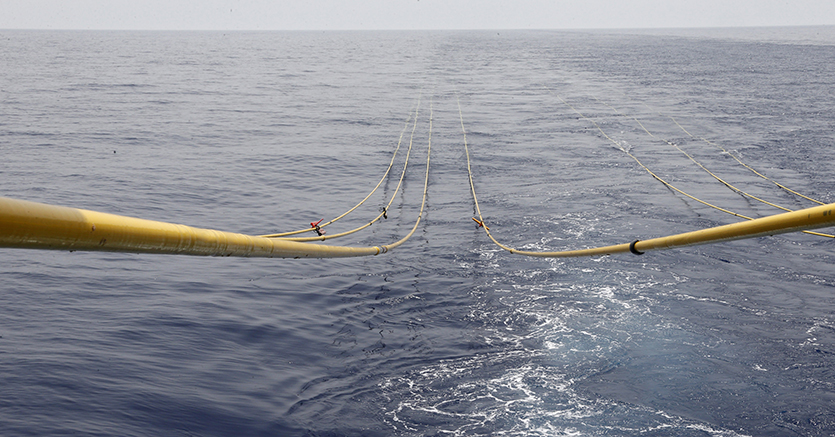What China and France (Orange) are doing to connect Europe, Africa and Asia

The Pace submarine cable is a clear example of a digital Silk Road. The point of Giuseppe Gagliano
In the afternoon of Tuesday, October 19 have been placed the last hundred meters of the submarine cable called Pace off Marseille, connecting China to Europe. A maneuver orchestrated by Orange, the national operator who owns the cable when it enters French territorial waters. The cable departs from the port of Gwadar, whose infrastructure has been financed by China since March 2007.
Leased from November 2015 and for a period of forty years to the Chinese Overseas Ports Holding Company (COPHC), the port of Gwadar is a real Sino-Pakistani corridor, a strategic axis for China, which offers it access to the Indian Ocean without passing through the Strait of Malacca, between Malaysia and Sumatra, which is much longer.
Ownership of the cable is a subsidiary of the Hengtong group. This company, which was only a manufacturer of rubber gloves, then designed copper cables for telecommunications, before adapting to new technologies and becoming a global giant in fiber optic cable. With the acquisition of the assets of Huawei Marine, Hengtong has integrated the expertise of the equipment that allows to regenerate the optical signal along the cable.
The main telecommunications operator is PWWC , of Hong Kong origin.
The 12,000-kilometer cable crosses Djibouti before returning ashore along the Suez Canal and continuing its journey across the Mediterranean. "Peace" means "Pakistan and East Africa connecting Europe".
It's hard not to argue that this is an illuminating example of the digital Silk Road. Furthermore, it is expected
that from Kenya, branches of the cable descend to South Africa and also serve the islands of the Indian Ocean (Madagascar, Mauritius, Seychelles). The total length of the cable will therefore be approximately 15,000 kilometers.
The French company Orange, which only secured the cable landing, spent less money on the operation than the Dunant and Amitié transatlantic cables, laid in recent months.
Although Orange's role in Peace is less than that of these two previous cables – with higher traffic capacities – its know-how has been in demand since Peace entered French territorial waters. It was Raymond Croze, one of Orange Marine's seven cable carriers, that unwound the cable, after its route had been carefully considered.
This is a machine translation from Italian language of a post published on Start Magazine at the URL https://www.startmag.it/mondo/cavo-sottomarino-pace-cina-francia/ on Fri, 22 Oct 2021 05:31:12 +0000.
